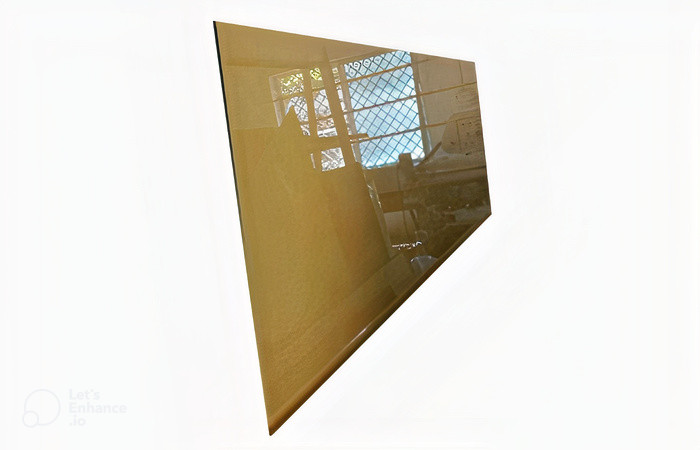
Wood veneer is thin slices of wood and occasionally bark, typically thinner than 3 mm, that are generally glued onto the core panels so as to produce flat panels like doors, tops, panels for cabinets, parquet floors, and furniture.
In addition, they are employed in marquetry. Plywood contains at least three layers of veneer. Each layer is typically bonded with its grain perpendicular to subsequent layers for strength. Veneer beading is a thin ornamental covering applied around objects such as jewelry boxes.
Wood veneer is the finest form of wood available. The primary distinction between the veneer and solid wood is that solid wood is sawn from a log. This results in more waste than veneer cutting. In other words, by transforming a log into a veneer, we may maximise the value added to a wood. No other natural substance can provide this distinct added benefit. Varna has based its whole business model on this sustainable and gorgeous material.
Wood veneer is mainly utilised for interior design purposes in numerous markets. It is appropriate for residential, hotel, and office constructions. Additionally, the veneer is processed into several goods, including veneer parquet, flexible veneer sheets, wood veneer boards, wood veneer wallpaper, etc. In other words, a veneer may offer any space a distinctive appearance and texture.
Upon request, specific wood species can be obtained from the market. The veneer’s thickness varies between 0.5 and 2 mm based on the wood species used and the intended application.
Every tree is unique so every veneer product has a distinct appearance. There are never two identical trees in nature. This also means that the colour and pattern of the same wood species might differ. The veneer is genuine wood, unlike laminate or melamine, which are imitations. Both are imitations of wood printed on paper.
The hue of the wood veneer is also affected by the room’s lighting, which can make the wood feel even warmer. Numerous imitations of various types of wood have made it difficult for consumers to discern between natural and artificial products.
The wood structure, which is unique for each piece of wood veneer, the colour, which continues to enhance the appearance, and the ability to be repaired and renovated are a few of the benefits that distinguish the genuine article from imitations.
Thin slices of wood almost ripped from the wood are referred to as veneer. Typically, the thickness of the pieces is less than 3 mm (1/8 inch). The tiny slices can then be bonded together to make plywood or laminated wood. Typically, plywood comprises at least three layers of veneer.
The veneer can also adhere to wood, particleboard, or medium-density fiberboard core panels. This provides the wood, particle board, or medium-density fiberboard with the appearance of the wood from which the veneer was cut. The veer-covered wood, particle board, or medium-density fiberboard can create flat panels such as cabinet doors, cabinet tops, parquet floors, and furniture components. Veneer beading is a thin ornamental covering applied around objects such as jewellery boxes.
Typically, a veneer is obtained by peeling the tree trunk or slicing huge rectangular chunks of wood, known as flitches.
Varna wholesales and distributes high-quality glass, plywood, interior hardware, and modular kitchen products throughout Kerala. Our products stand out because they are transparent, smooth, and of appropriate size and shape, and they do not react with chemicals, break, or become excessively hot. With our high-tech, complex technology, we can accommodate any customer desire.
Advantages
This is primarily an economic decision, as dealers and veneer manufacturers can earn more money by slicing a high-quality log into veneer than cutting it into boards. And specific cuts, such as burls, are structurally problematic in “the solid.” These lovely woods are only helpful if they are split into veneer.
Solid wood would not be suitable for a radiant tabletop since the joints would split in the winter and swell shut in the summer. In solids, cross-grain motifs such as aprons and edge bandings are also impossible. Solid burls are also entirely worthless. However, they are commonly employed as veneers.
Because the veneer is so thin and adhered to a firm foundation, it permits wood designs and combinations that would fail with solid wood. Even kiln-dried solid wood moves or works from summer to winter to summer again.
Rahmaniya Building Door No. XV/596, Ottupara,
Wadakkanchery. P.O, Thrissur, Kerala - 680582